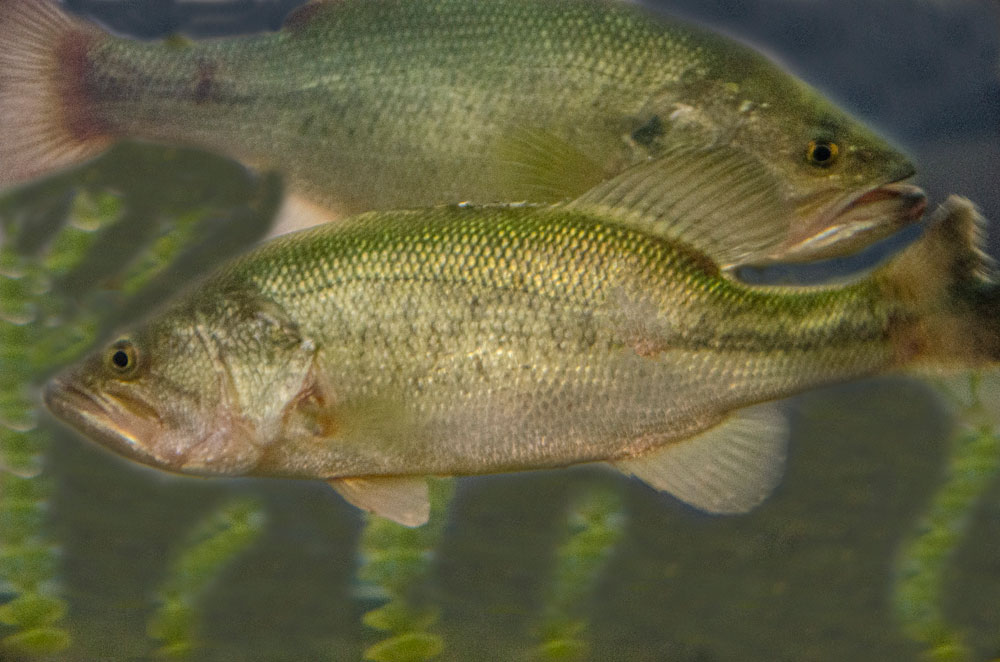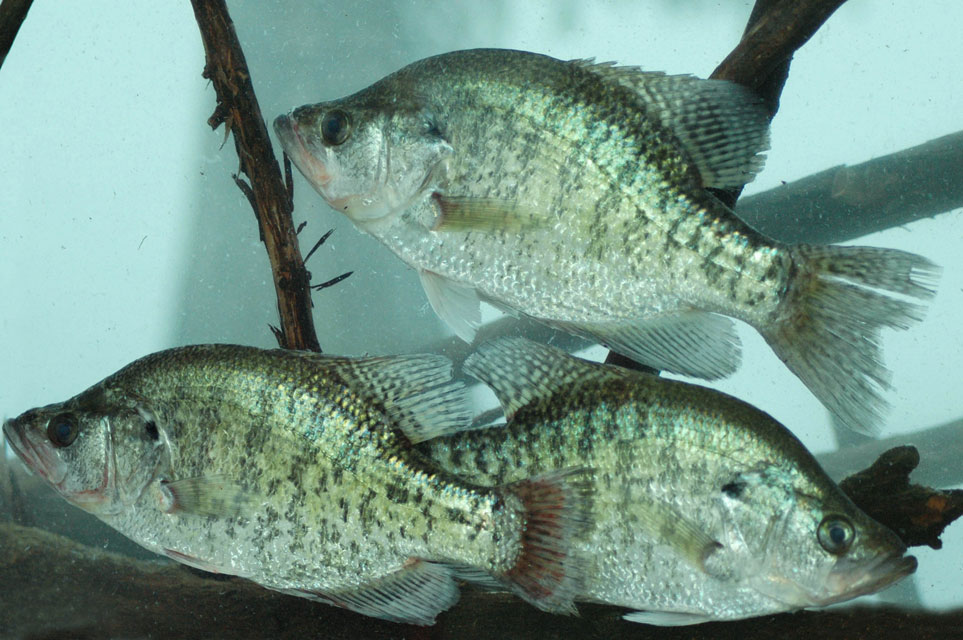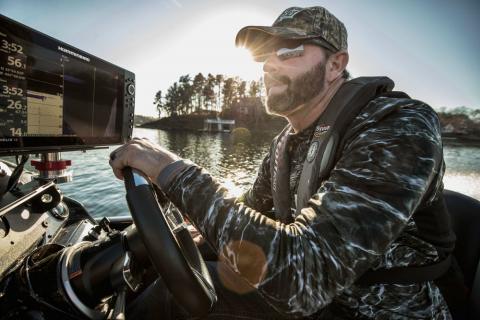provided by John Phillips
Gerald Swindle of Guntersville, Alabama, has been competitively bass fishing for 23 years. Before becoming a bass-fishing pro, Swindle was a carpenter. Because of his love of fishing, anytime there was a rain front coming, he dragged his boat with him to work. If he got laid off because of the weather, he put his rainsuit on, went to Smith Lake and fished all day in the rain. Sometimes, when he’d get off in the afternoon, he’d go home, hook up his boat and fish all night. If there ever was a fishing addict, Swindle fits that term. Because of his dedication and prowess in the sport, he went on to become a professional fisherman on the Bassmaster Elite and Major League Fishing circuits. He’s won the title of Bassmaster Angler of the Year twice (2004 & 2016). Whenever Swindle isn’t fishing one of those professional tours, he’s searching for any tournament in which he can compete. Gerald goes by the nickname GMAN, and he’s as entertaining as he is knowledgeable. To learn more about Swindle, visit his Facebook page. In Alabama, the summer temperatures often break the 100-degree mark. Mossy Oak asked how he finds bass and catches them under these extreme conditions.

One problem you’ll have when trying to locate bass is knowing the difference between crappie and bass when they are holding on to a structure. Although you can get a pretty good idea of the species with your depth finder, you never really know for sure what fish are holding in a spot. When I’m doing seminars, someone always will ask me, “How can you tell the difference of crappie holding on a structure and a school of bass?”
Crappie most often will stack up in a column, like one on top of each other, and may be from the bottom up to 5-6 feet off the bottom. They’ll look like a Christmas tree. Bass will show up further apart from each other. Bass usually will be 4-5 feet away from each other and show up as individual marks, instead of resembling a Christmas tree. But sometimes, crappie will hold all around a brush pile and may look more like bass.
One of the ways I can tell the difference between crappie and bass once I start casting to the school is I’ll fish with either a Rapala DT15 or a DT20 crankbaits. If I’m getting a lot of little ticks on my line when I pull my line out of the water, I’ll feel the line. If I feel slime on it, then I know that that’s either crappie or catfish. Crappie have a slime layer that’s not as pronounced as catfish, but it’s still there. When that happens, and I feel the slime, I’ll leave that spot and go to a different location that I’ve marked on my depth finder.

The two baits that I most often use when I’m fishing offshore are the Rapala DT15 and DT20. During the hot months of the year, my favorite colors to fish are shad patterns, like a white side with a gray back or a white side with a black back. I fish those crankbaits with either 10- or 12-pound test Sunline fluorocarbon line. If I want to get to the maximum depth that the crankbaits will run, I’ll use 10-pound, but if I want my crankbait to run a little shallower, I’ll fish with 12-pound test Sunline fluorocarbon. I’ll be fishing the crankbaits on a 7’ 4” Ark cranking rod. This is a softer cranking rod with a soft tip that allows you to throw the crankbait much further than other cranking rods do. It also gives the bait to the bass and prevents you from reeling the fish in so hard and fast that the hooks come out of its mouth.
When you’re fishing offshore in the hot summer months, the equipment you use is critical for not only getting a bite but also to landing the fish. When you’re fishing in the spawn and prespawn earlier in the year, you can use a stiffer rod and a heavier line because you usually won’t have to pull the bass as far as you will when you’re fishing deep. That’s why you need a rod that’s designed for deep cranking and also the reason I use two different strengths of Sunline fluorocarbon lines.
If you insist on using heavy-action rods, you may lose about as many bass as you catch. I don’t use a carbon fiber rod either because it will pull the bait away from the bass when you try to set the hook. Those rods are so stiff that you’ll either pull or tear the crankbait out of the bass’s mouth, or when it jumps, it will throw the crankbait out of its mouth. I like a fiberglass rod, since it bends so much and allows the bass to get the crankbait further in its mouth, so you can get a better hook set.




























